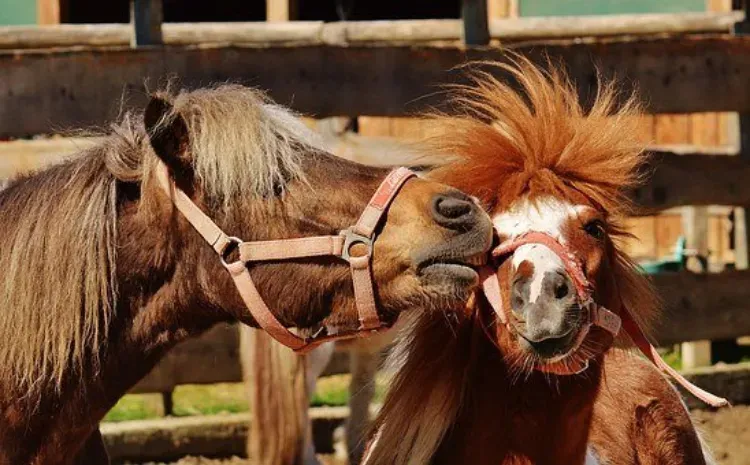
Laminitis commonly affects many horses and ponies. This article looks at spotting pre-laminitic metabolic syndrome in horses. So what is Pre-Laminitic Metabolic Syndrome (PLMS)?
Identifying PLMS
PLMS is the stage before laminitis develops. So laminitis is a continuum from:
- PLMS
- To low-grade laminitis
- Then more advanced laminitis.
Sometimes the condition will remain as PLMS. or even low-grade laminitis without progressing to a more advanced state. At the PLMS stage, the signs are noticed through subtle changes.
At this stage do not look for the Signs noticed in more Advanced Laminitis
- Heat in the foot
- Altered foot capsule shape
- Laminitic hoof rings
- A bounding digital pulse
Instead, look for these Emerging Signs
- A non-bounding but easily detectable digital pulse when the horse is resting
- Subtly altered stance
- Subtle lameness at the walk
- Other performance changes
Now we need to look in greater depth at these Emerging Signs of PLMS
Your horse’s feet will ache due to bruising of the laminar corium. At this stage, the damage can be reversed.
1. A Detectable Digital Pulse
Normally a resting horse’s digital pulse is hard to detect. So, an easily detected pulse could be a sign of emerging PLMS.
2. An Altered Stance
The bruised laminar is not yet seriously damaged but the foot stance may subtly differ from the horse’s natural stance. A keen eye will detect minor adjustments when the horse is standing square.
Noticing these Adjustments
When standing square and viewed from the side, a horse’s cannon bones should be vertical. Some horses will not naturally stand this way, so look for changes from what is normal for your horse.
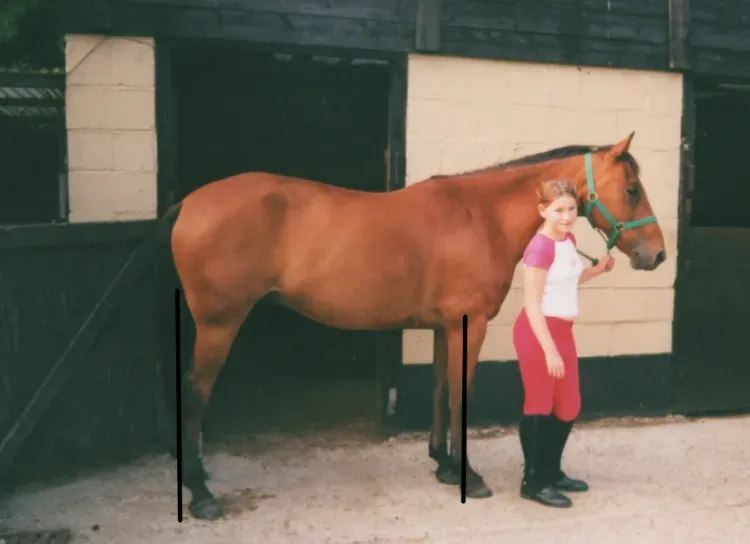
Square Stance
The black vertical lines show that the correct pressure is being applied through the legs to all parts of the hoof.
The Stance Adjustments
The horse will make himself comfortable by leaning forwards or backwards. This can be noticed in 6 ways. The horse will either place his legs more under his body or position them to slope away in the other direction.
The 6 ways horses make adjustments
Remember that horses are all different and some PLMS horses do not alter their stance. Nevertheless, others adapt their stance by one of the following:
1. Front legs sloping back under the body
2. Back legs sloping forward under the body
3. Both front and back legs slope under the body
4. Front legs sloping away from the body
5. Back legs sloping away from the body
6. Both front and back legs slope away from the body.
3. Subtle Lameness
A slight pottery walk that is more noticeable on turning or hard ground is a sign of foot capsule problems. The horse may be entering the stage of PLMS.
4. Performance Changes
A horse’s compromised performance will link to the cause of his problem. Here are some things to look out for:
- Hind feet PLMS often results in a reluctance to break into a canter
- PLMs in the front feet often result in a reluctance to break into a trot and a preference for cantering when asked to move up a gear
- The horse may be unhappy jumping or moving with increased speed
- He may have reduced performance unless the going is soft.
Words of Warning
Any of the above indicators of PLMS could also be a sign of other problems. However, we are trying to eliminate the possibility of PLMS so what do we do next?
If you suspect your horse has PLMS
Significantly reduce his sugar and starch content for three weeks. If your horse then returns to his normal resting stance, his performance returns to normal and there isn’t a detectable resting digital pulse, suspect that he has been suffering from PLMS.
My horse has been suffering from PLMS
With these horses, it is best to keep their sugar and starch content as low as possible.
If these horses need extra calories feed must contain no more than 10% sugar and carbohydrate. However, their diet can have a higher fat content.
Things to remember
- Horses are grazing animals and need fibre for a healthy hindgut
- Sugar carbohydrates are provided through grass or hay
- Starch carbohydrates are provided through cereals
- Some horse feeds have both high fat and carbohydrate content
- The PLMS horse is likely to be a good keeper and needs to be kept slim with his ribs easily felt, a lean neck, and quarters
Strategies for a PLMS horse
- Regular exercise is important
- Feed hay with less than 10% sugar or first soak the hay to reduce the sugar
- Restrict grass intake
- Do not allow grazing on the grass with high sugar levels
- Do not feed cereals
For the performance horse needing Extra Calories
Some horses are susceptible to PLMS without being overweight. To increase calories add vegetable oil and/or micronised linseed to any of the following fillers:
- Speedi-Beet
- Fibre-Beet
- Unmolassed chaff.
A review of 5 feeds suitable for PLMS Horses
The PLMS horse feed needs plenty of fibre and very low percentages of sugar and starch. The horse must not be overfed or the total amounts of sugar and starch consumed will be too high.
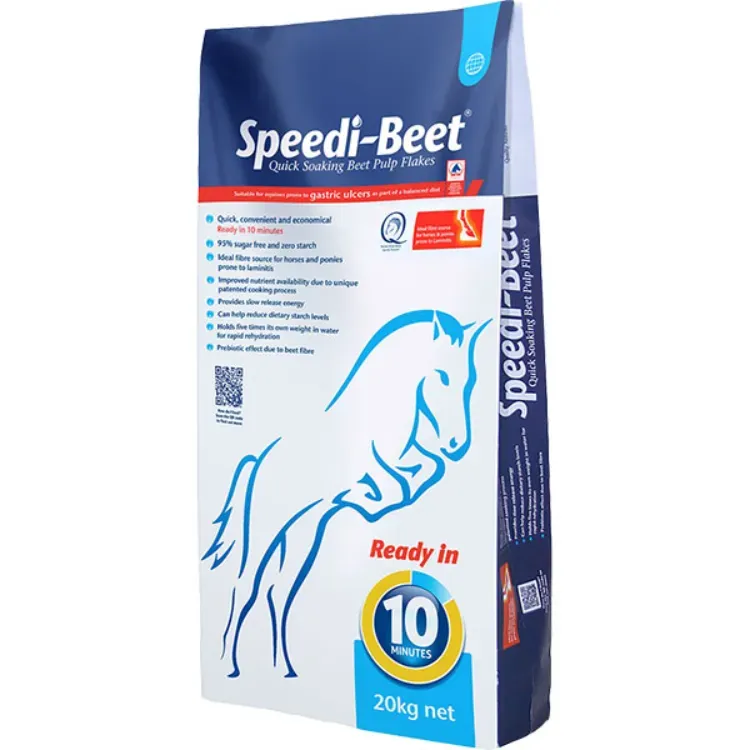
1. Speedi-Beet
Protein 8%
Fibre 16%
Oil 1%
Ash 9%
Starch nil
Sugar 5%
Speedi-Beet is very low in sugar and has no starch.
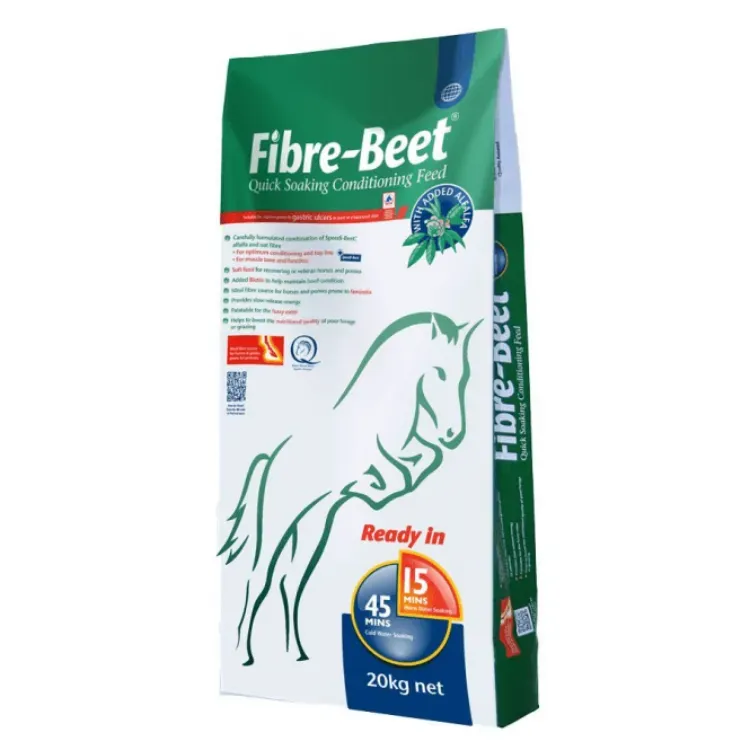
2. Fibre-Beet
Protein 10.0%
Oil 3.0%
Fibre 22.0%
Ash 10.0%
Starch 3%
Sugar 5%
Fibre-Beet is equally low in sugar but has some starch and more oil and protein. This will provide greater feed value than speedi-beet without adding sugar or starch overload.
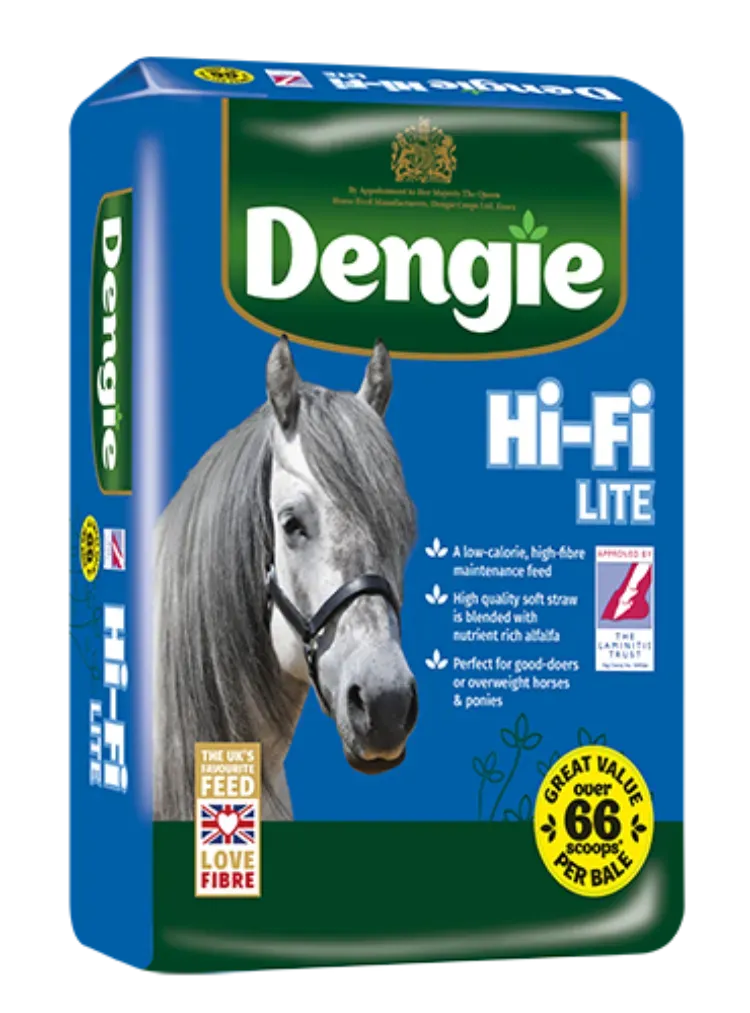
3. Dengie Hi-Fi Molasses Free
Protein 10%
Oil 1.5%
Fibre 35%
Ash 9%
Starch 1.5%
Sugar 7%
This product does have a higher sugar content than either Speedy-Beet or Fibre-Beet but the fibre content is higher than the first two products. This will add useful bulk to your horse feed.
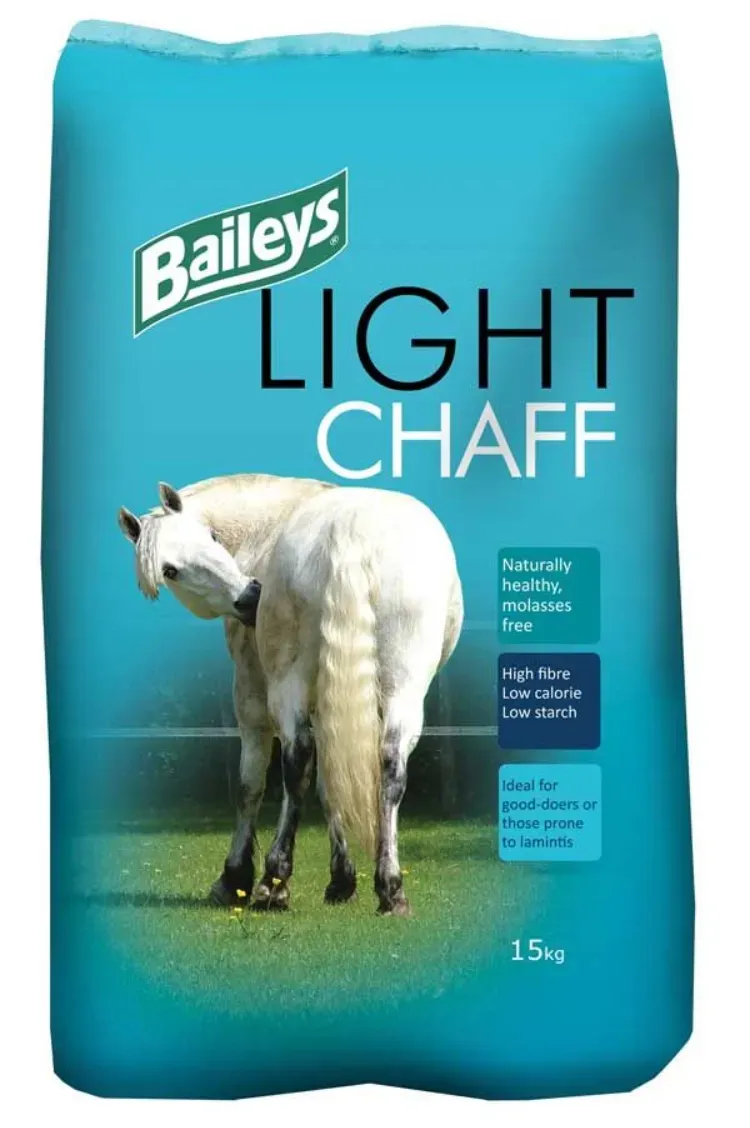
4. Baileys Light Chaff
Protein 10%
Oil 6%
Fibre 30 %
Ash 9 %
Starch 2.5%
Sugar 2.25%
This is my chaff of choice as the product is the lowest in sugar with a good amount of fibre to promote a healthy hindgut.
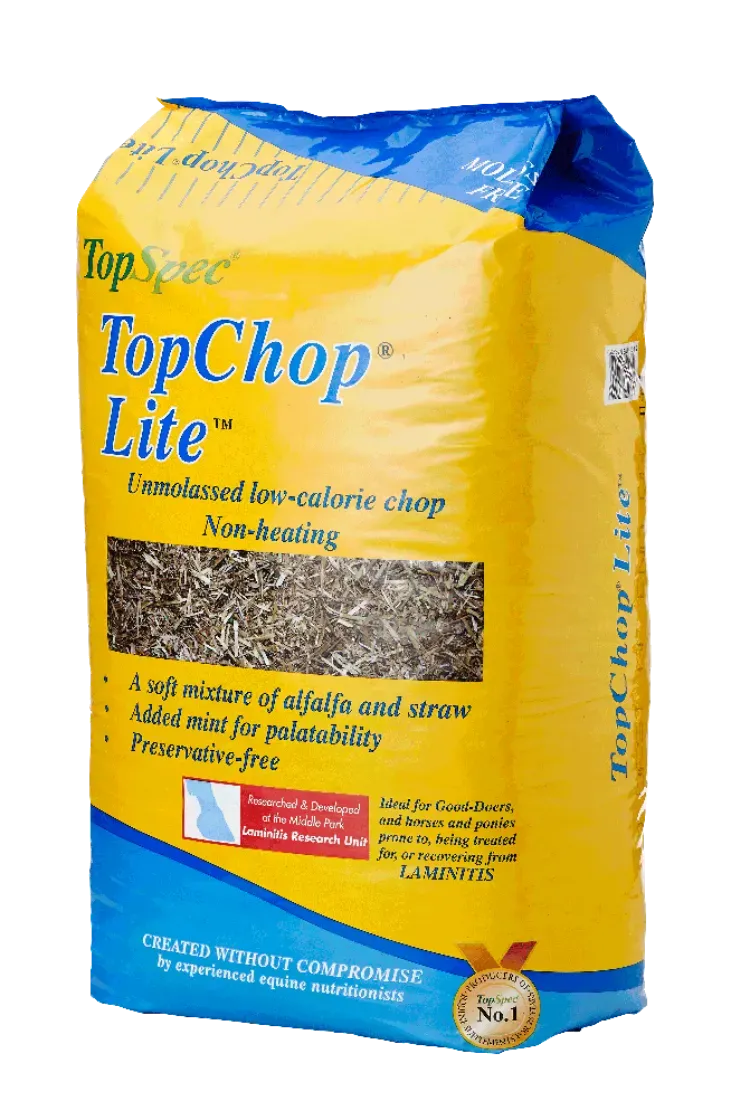
5. TopSpec TopChop Lite
Protein 10 %
Oil 4%
Fibre 35%
Starch 1%
Sugar 7.5%
The sugar content in this product is the highest of the five feeds.
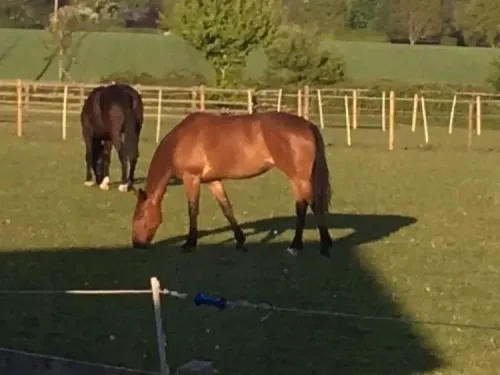
Article Suggestion
Small Redworms Kill Horses
